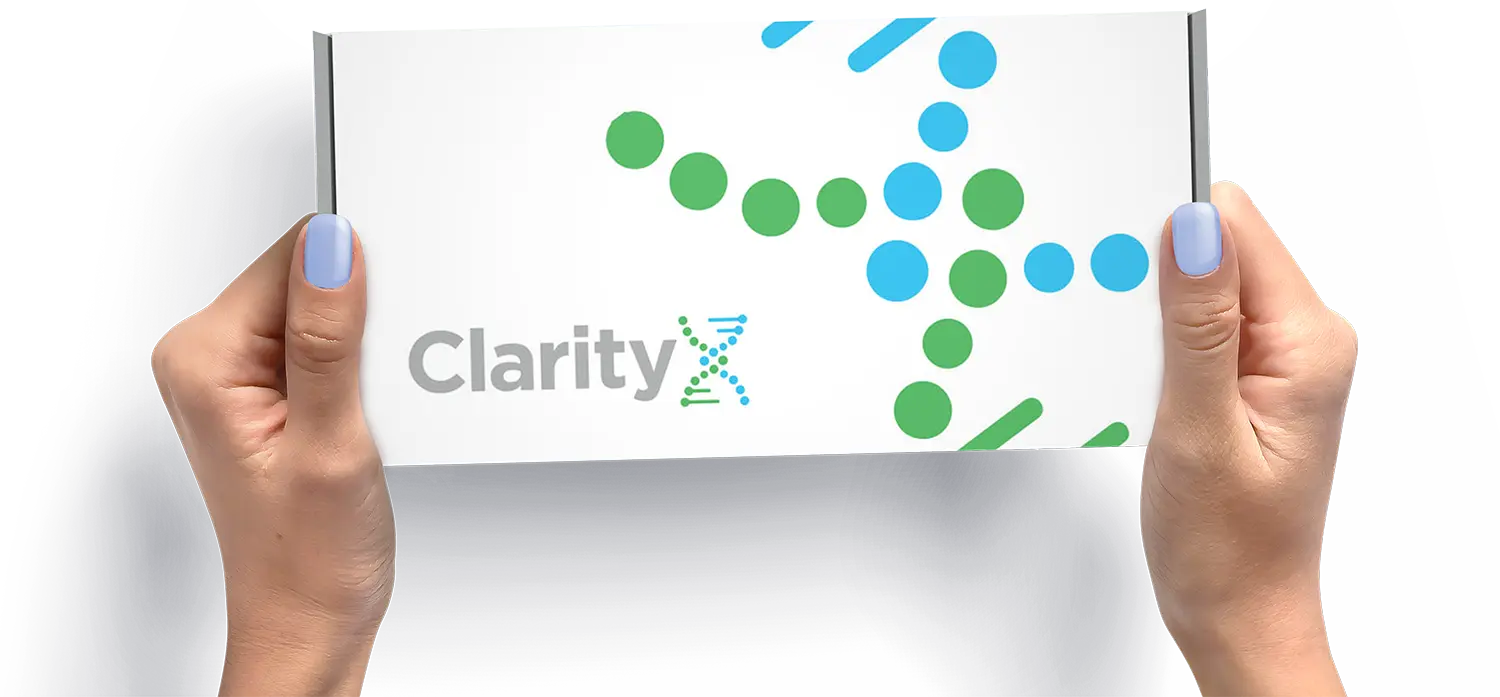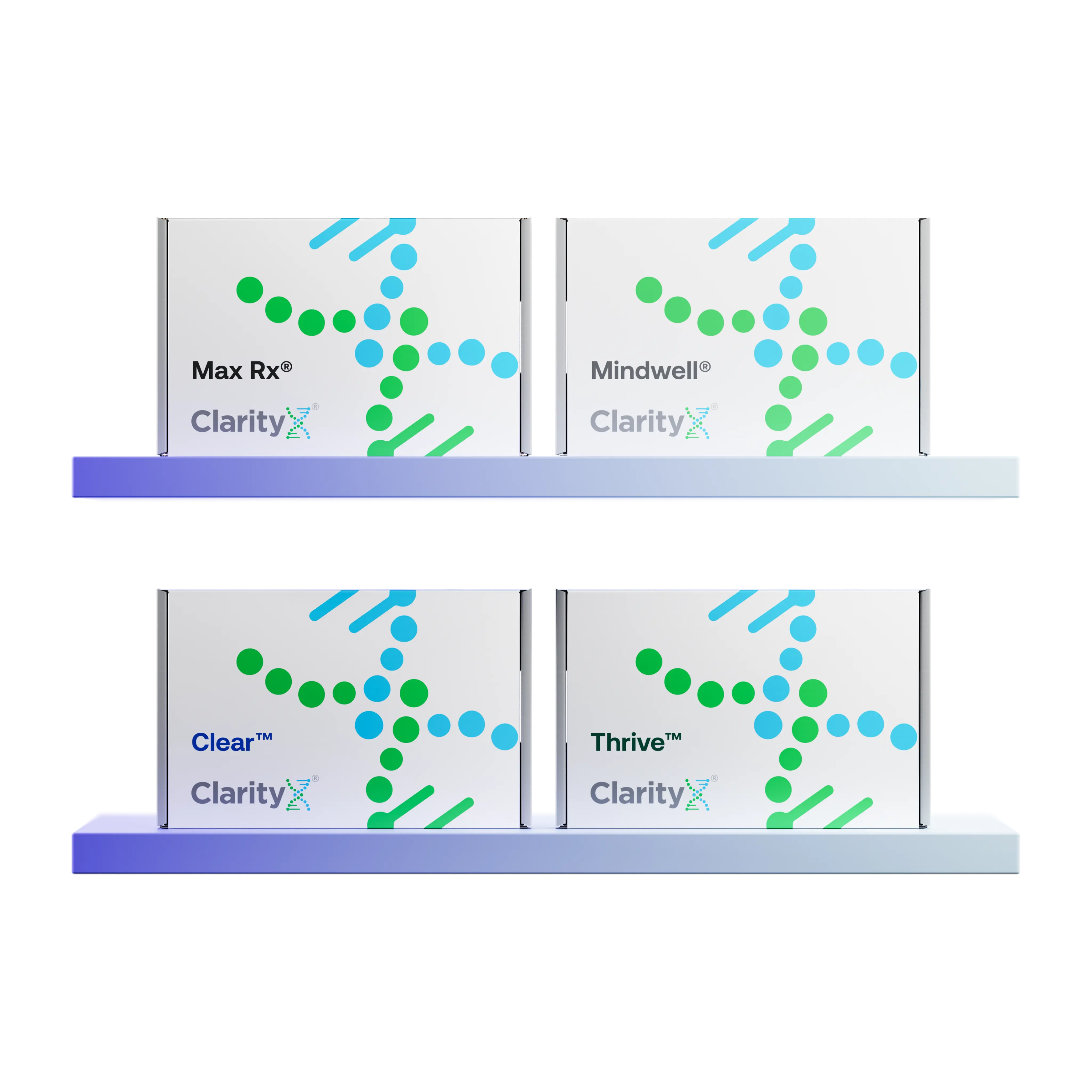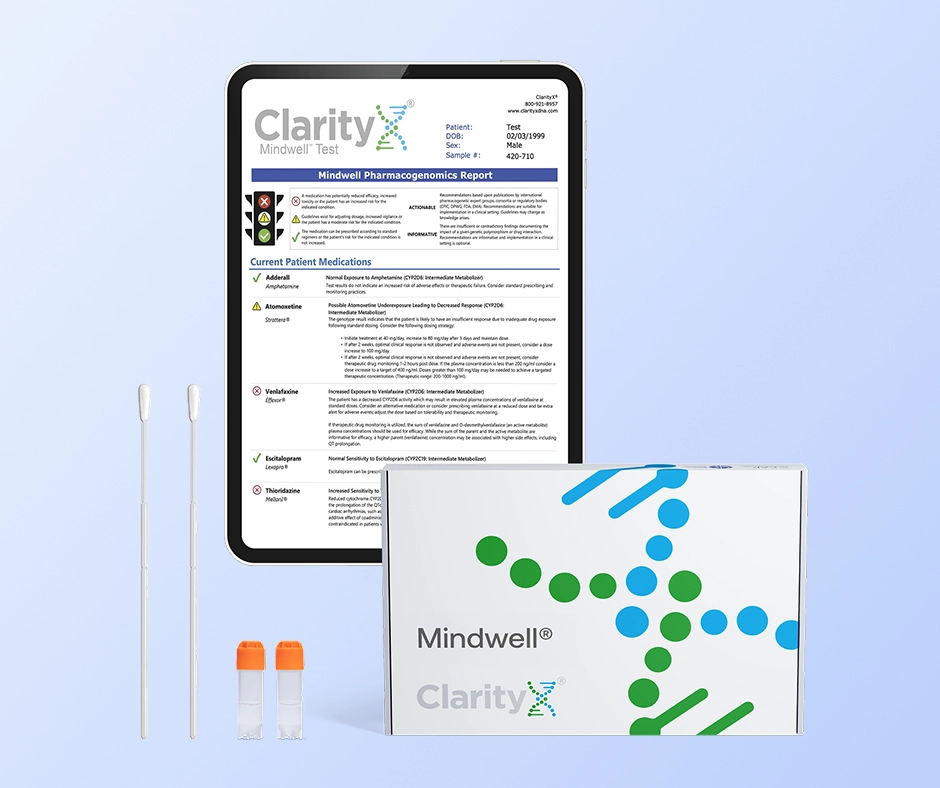As clinicians, we’ve all been there. You diagnose a patient, prescribe the first-line, evidence-based medication, and schedule a follow-up. When the patient returns, you discover they took the medication for three days, experienced a side effect they read about on the internet, and stopped. Or perhaps they never even filled the prescription.
Patient non-adherence is one of the most frustrating and costly challenges in modern medicine. In psychiatry, non-adherence rates for antidepressants can be as high as 50-70% within the first six months.
But what if we reframed the problem? What if "non-adherence" isn't a failure of patient compliance, but a failure of the prescribing conversation?
The traditional "start low, go slow" model is, at its core, an admission of uncertainty. We are asking patients to take a leap of faith, to tolerate potential side effects, and to wait 4-6 weeks for a result we can't guarantee. This process creates fear and a sense of experimentation on the part of the patient. Pharmacogenetic (PGx) testing provides the data to change this dynamic. It transforms the prescribing conversation from one of uncertainty to one of precision, building a foundation of trust that is the cornerstone of true adherence.
Moving Beyond "Trial and Error" to Build Proactive Trust
The "old" conversation, which we are all forced to have, sounds like this: "Based on your symptoms, I am starting you on this SSRI. It's a standard choice. It may take 4-6 weeks to work, and you might experience some nausea or headaches. If this one doesn't work or the side effects are too much, we'll try another one."
This conversation, while standard, is inherently reactive and creates patient anxiety.
The "new" conversation, empowered by a ClarityX MaxRx® report, sounds like this: "I've reviewed your genetic report, and it gives us some excellent information. It shows your body's CYP2D6 enzyme is a 'Poor Metabolizer,' which explains why you had such a bad reaction to that antidepressant last year your body just couldn't clear it. However, the report also shows that your CYP2C19 pathway is normal. Based on this data, a drug like escitalopram is a much better fit for your specific biology. Let's start with that one."
This is no longer a guess; it's an evidence-based, personalized decision. The patient feels seen, their past negative experiences are validated by the data, and their fear is replaced with confidence. You have built immediate trust and given them a powerful, logical reason to adhere to the new treatment plan.
How PGx Data Defuses Side Effect Fear
The number one driver of non-adherence is the fear of side effects. Patients read forums, see commercials, and often stop a medication at the first sign of discomfort. A PGx report is the most powerful tool you have to manage this fear proactively.
Clinical Scenario: A patient presents with depression and co-morbid obesity. You are considering an antipsychotic for augmentation, but you know the patient is terrified of the associated weight gain.
- The Challenge: Prescribing a drug like olanzapine comes with a high risk of metabolic side effects, making patient adherence highly unlikely.
- The PGx-Informed Strategy: The ClarityX MaxRx® panel analyzes the HTR2C gene, a serotonin receptor. Certain variants in this gene are strongly associated with a higher risk of antipsychotic-induced weight gain.
- The Collaborative Conversation: You can sit down with the patient and review the report. "I understand your concern about weight gain, and it's a valid one. Your genetic test shows a variation in the HTR2C gene, which does put you at a higher risk for that specific side effect with certain medications. The good news is, we can use this data to choose an agent with a lower metabolic risk that is a better fit for you from the start."
You have just validated their fear, respected their concern, and used data to navigate around the problem. The patient is now your partner, not your opponent, in the treatment plan.
The PGx Report as the Ultimate Collaborative Care Tool
True collaborative care involves shared decision-making, and this requires a common, objective language. A PGx report provides exactly that. It's an unbiased, scientific dataset that both you and the patient can review together.
This shifts the entire dynamic of the appointment:
- It Depersonalizes Conflict: If a patient is "medication-resistant" due to past trauma, the report becomes a neutral third party, offering data rather than just an opinion.
- It Validates Patient Experience: For a patient with chronic pain, seeing a variant in their OPRM1 (opioid receptor) gene can finally explain why they've always felt they were more "tolerant" to pain medication, validating an experience they've likely been dismissed for.
- It Answers the "Why": For the patient who has read about MTHFR, the report allows you to have a productive, scientific conversation about folate, neurotransmitter production, and why they might benefit from L-methylfolate as an adjunct therapy.
When a patient feels understood and empowered with data about their own body, they become an active, engaged partner in their care. This empowerment is the antidote to non-adherence.
By integrating ClarityX MaxRx® into your clinical workflow, you are not just optimizing a dose; you are transforming the conversation. You are proactively preventing the side effects that destroy adherence, validating the patient's personal experience with objective data, and building a foundation of collaborative trust that is essential for achieving long-term positive outcomes.






